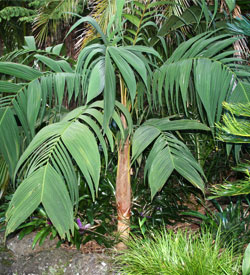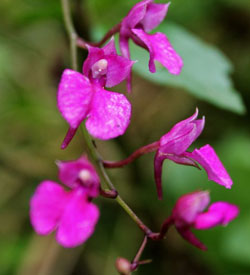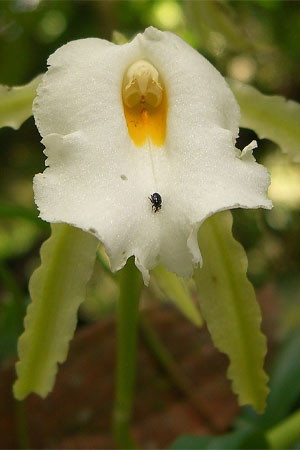Machu Picchu - Peru
Urubamba Hotspot - Cusco Impact Region.
Machu Picchu - Urubamba - Cusco Impact region
The Cusco Region, located in the south-eastern part of Peru, has an area of 71,987 km2, which represents 5.6 percent of the national territory. It has thirteen (13) provinces, 112 districts and amongst those 87 native communities. The population is 1 369 932 inhabitants (INEI projection to 2021), with a growth rate of 1.3% and a population density of 18.3 people per km2.
The area of direct impact is the district of Machu Picchu, covering an area of 374,000 km2 (37,400 has), with an altitude of 2,078 meters above sea level, where the National Archaeological Park of Machu Picchu and the Historic Sanctuary of Machu Picchu are located.
This area is within the “Yungas” ecoregion, within a cloud forest, a favorable environment enabling great biodiversity, especially of orchids (372 registered native species), ferns, bromeliads and heliconia.
Increasing natural threats and anthropic activities such as landslides, floods “huaycos”, forest fires, vegetation degrading, such as cutting of trees for firewood, the extraction of shrub and herbaceous plants, result in Machu Picchu’s deforestation and degradation of ecosystems.
These threats can be summarized as:
600 Hectares deforested
2000 Hectares affected by forest fires
60% loss of water springs (aquifers)
Impact Indicators
The areas where the reforestation will take place have very little organic matter, steep slopes eroded by forest fires and landslides, and little biodiversity.
These will be monitored every ninety days, to verify their progress and removal of weeds from their growth area (plateo). The dead seedling will be replaced, to maintain the population of planted specimens.
Fauna and Flora which are found in this area are:
CRITICALLY ENDANGERED SPECIES (CR)

Palm
Ceroxylon sp

Qolle
Buddleja coriacea

Quishuar
Buddleja incana

Queñua
Polylepis incana

Orchid
Masdevallia karineae

Queen's shoe
Phragmipedium caudatum
ENDANGERED SPECIES (EN)

Q'ñoa
Swietenia macrophyla
VULNERABLE SPECIES (VU)

Molle
Schinus pearcei

Chachacomo
Scallonia racemosa

Alder
Alnus acuminate

Tara
Caesalpinia spinose

Palmiche
Andícola geonoma

Tree fern
Cyathea caracasna

Tulip
Anguluoa virginalis

Orchid
Brachionidium machupichuensis

Comparetia
Comparettia falcate

Gongora
Gongora rufescens

Wakanki
Masdevallia veitchiana

Orchid
Odontoglossum machupichuensis

Orchid
Odontoglossum praestans

Orchid
Prosthechea fusca

Orchid
Stanhopea nigriceps

Orchid
Trichopilia fragrans
NEAR THREATENED SPECIES (NT)

Walnut
Juglans neotropica

Cantuta flower
Cantua buxifolia
mammals

Andean bear
Odontoglossum praestans

Rat of Machupicchu
Cuscomys oblativa

Andean cat
Leopardus jacobitus

Puma
Puma concolor
birds

Cock of the rocks
Rupicola peruviana

Watchmaker
Momotus aequatorialis
Positive impacts of the project to the region
The main objective is to recover aquifers and prioritize protected species, improving productivity through pollination and dispersal of genetic material, planting timber species combined with cocoa and other fruit trees.
Regarding Wild fauna, the species are protected through Supreme Decree No. 004-2014-MINAGRI, which approves the categorization of Endangered Species of Wild Fauna and prohibits their hunting, capture, possession, transport or export for commercial purposes. Also Wild Flora protected by Supreme Decree No. 043-2006-AG (approving the categorization of Endangered Species of Wild Flora),





